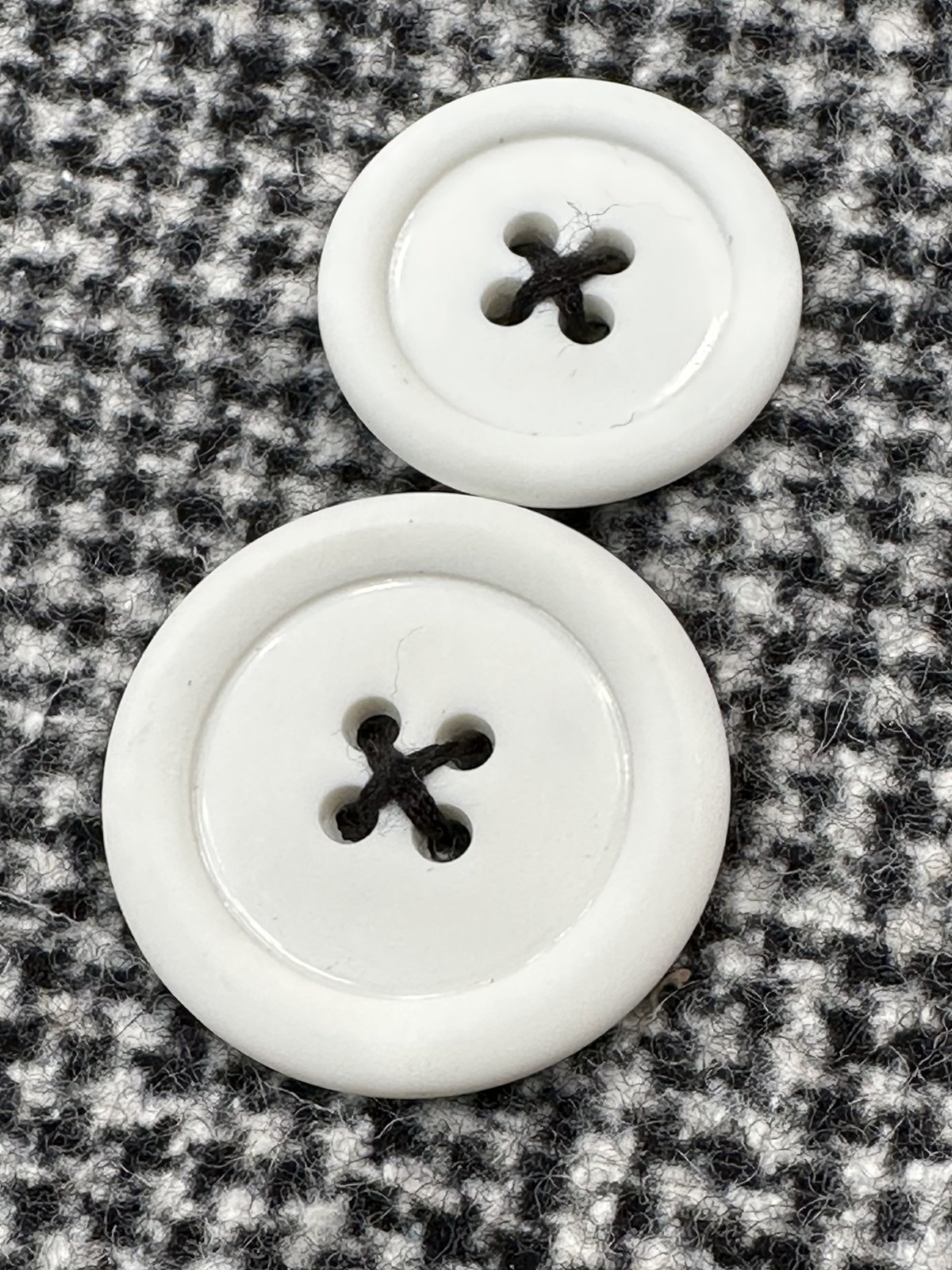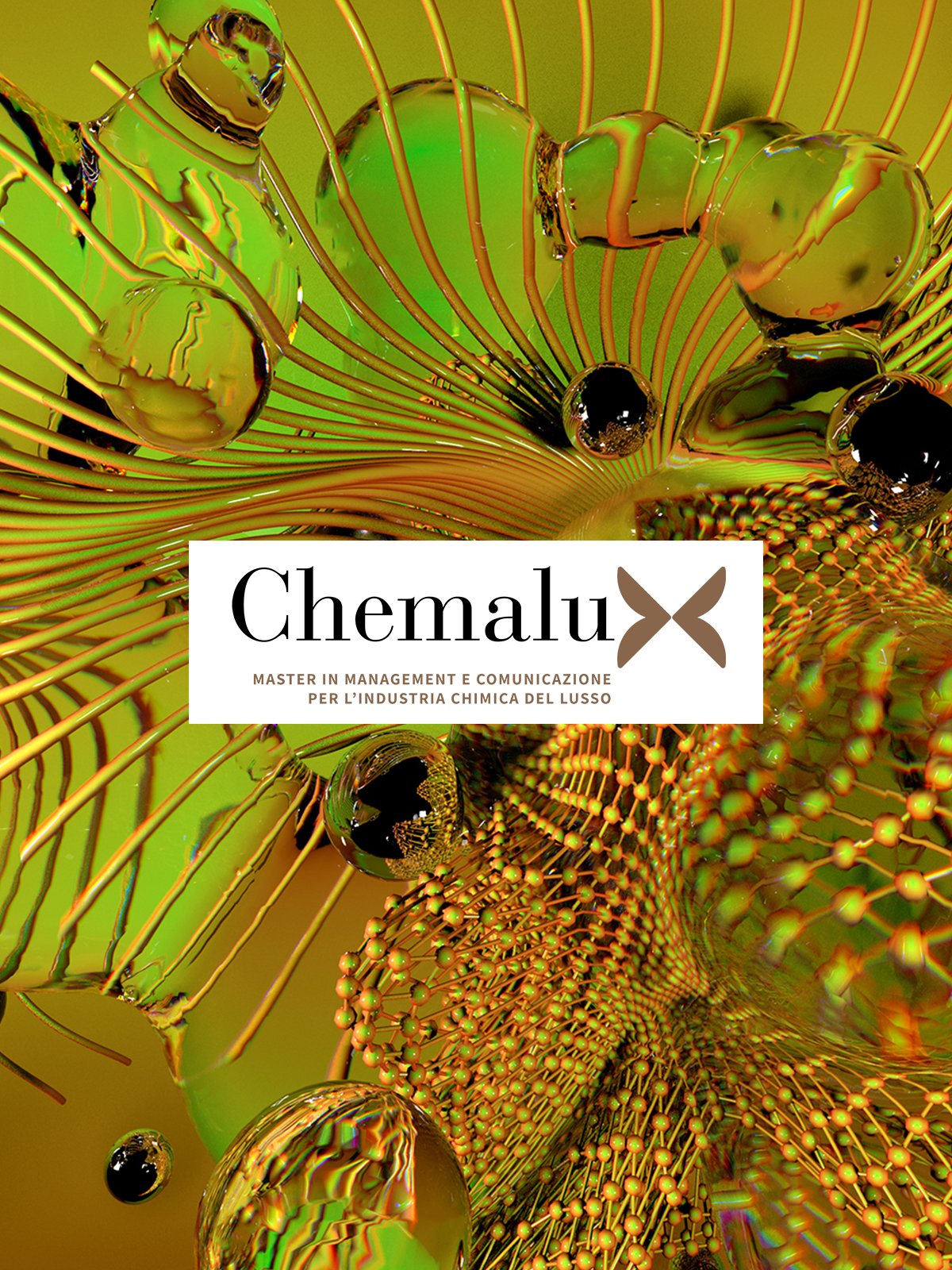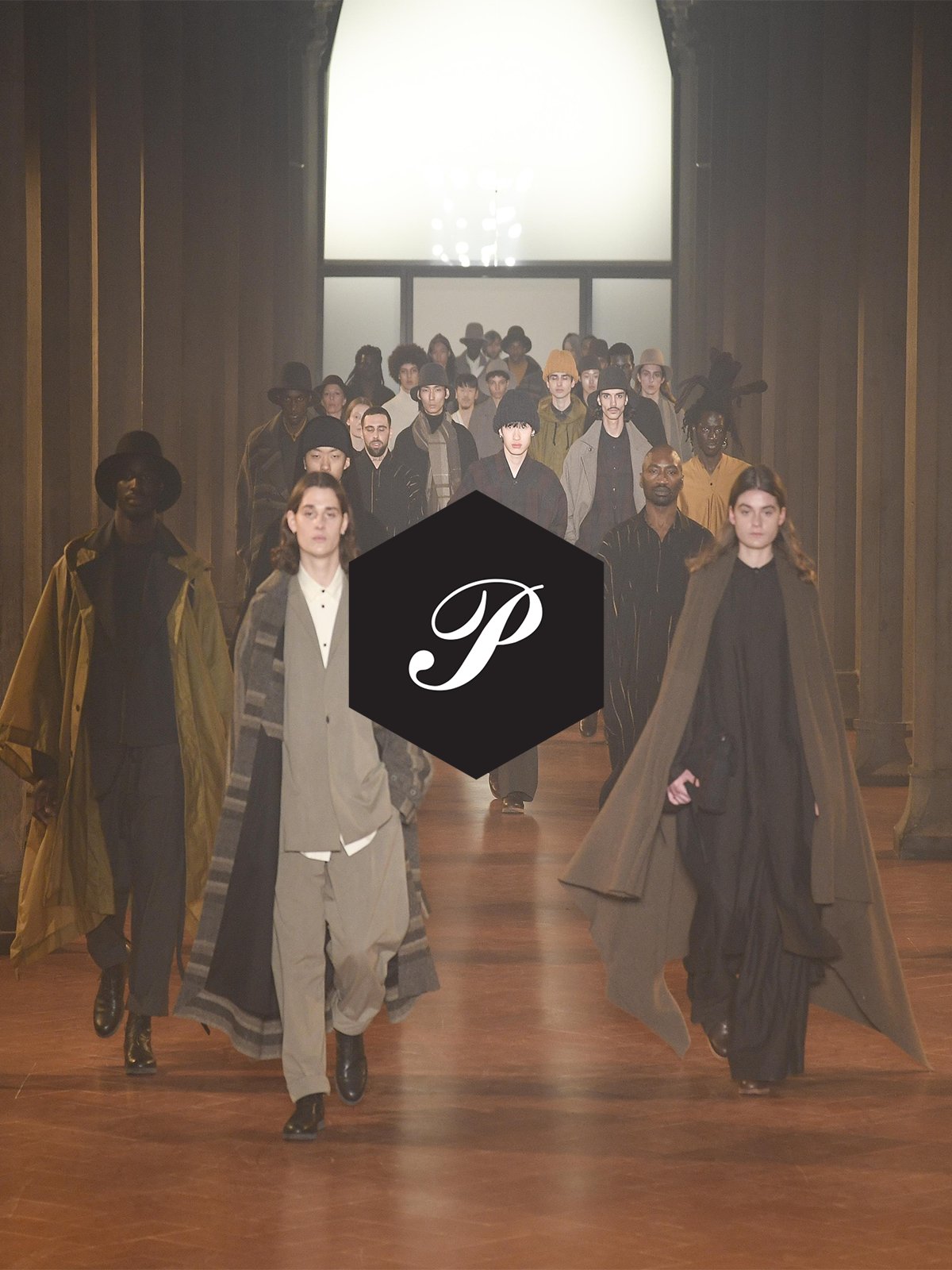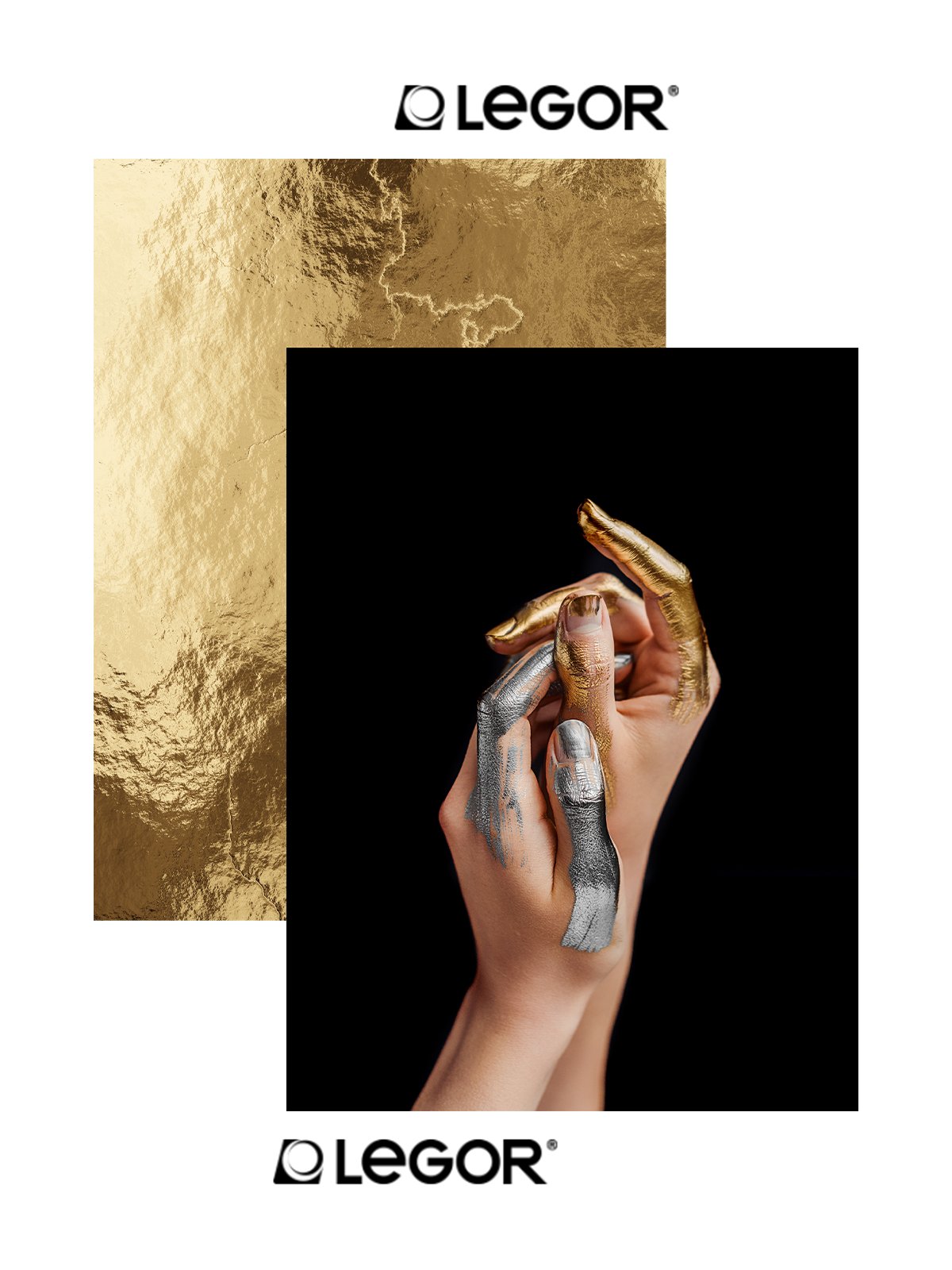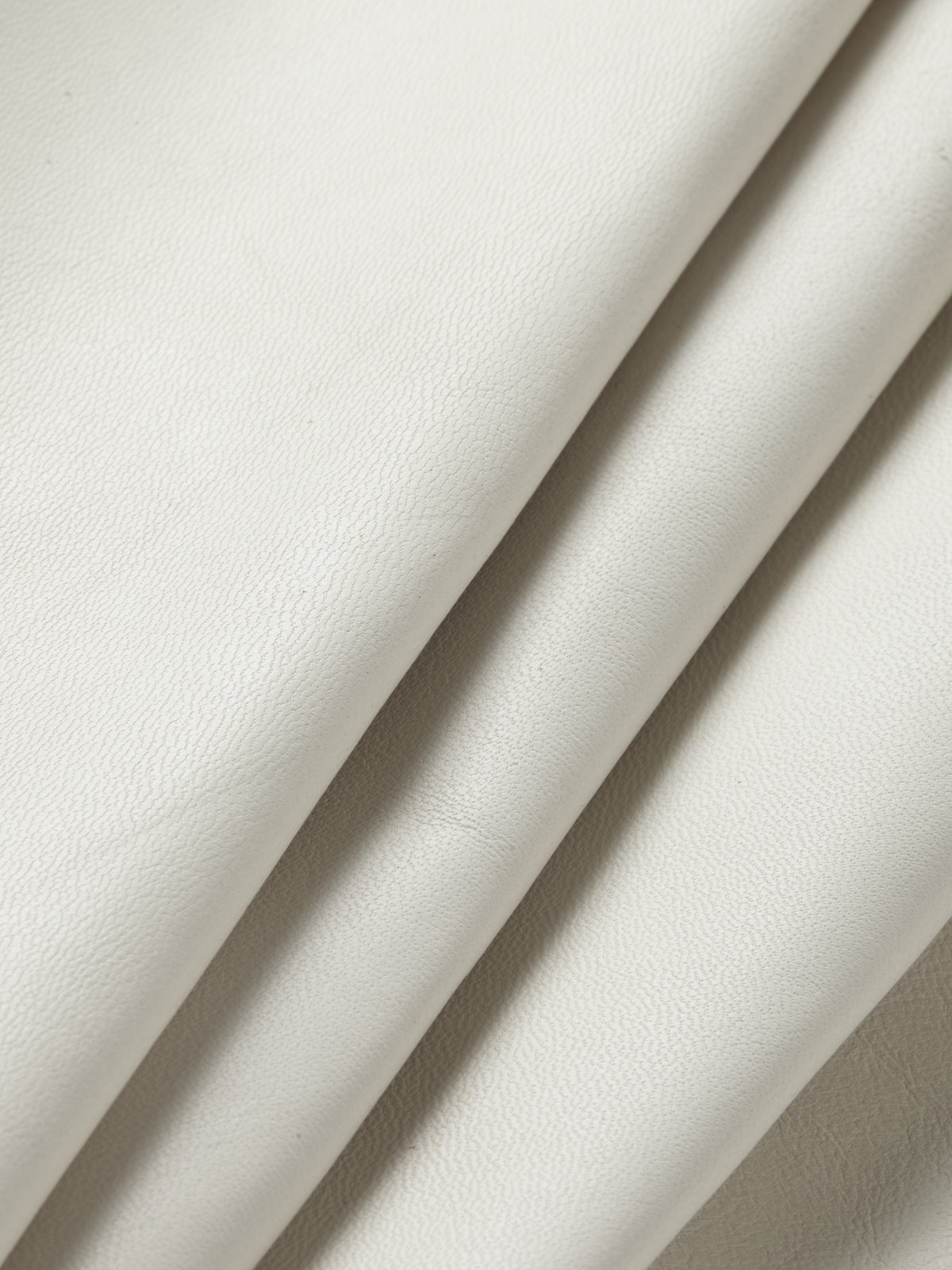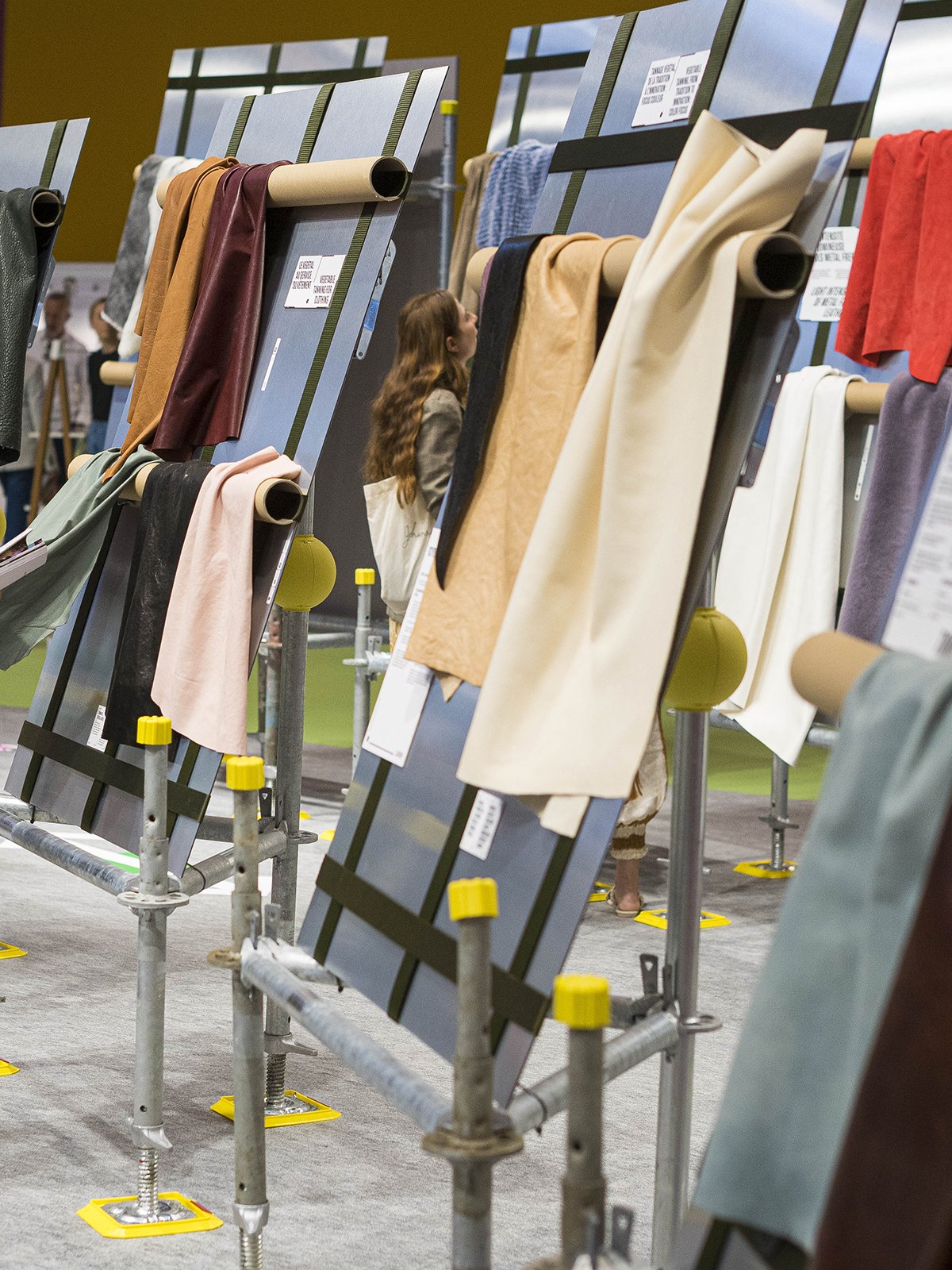News
Embroidery, all-Italian excellence

Embroidery is a process that also in Italy has its roots in the past, designed to decorate or personalise a garment in fabric, leather or other materials with ornamental designs or motifs. Until a few centuries ago, it was an operation that was done almost exclusively by hand; today, technology allows this type of decoration to be carried out also at an industrial level, thanks to specific, extremely advanced machinery. This type of workmanship has found its development in Italy, especially in the north of the peninsula where most of the 300 Italian embroidery factories are located, with an average turnover of around 4 million euros. In the field of fashion, especially French and Italian fashion, craft embroidery has always played a leading role, particularly manual embroidery. Just think of the creations of Vionnet, Dior, Schiapparelli, Poiret who continue to use embroidery techniques that originated in the 17th century French courts. On the other hand, the more industrial Italian embroidery works were born in the Eighties to decorate objects such as linens, sheets and tablecloths. This type of application has gradually declined over the years, while demand from the fashion industry has grown exponentially.
According to data released in October 2022 by the ICRIBIS Observatory, just under half of Italian embroidery manufacturers, 46.3%, are concentrated in northern Italy. The remaining half is almost equally divided between Central Italy (24.1%) and the South (29.6%, of which 6.8% in the Islands). The five regions that contribute most to the category are Lombardy (19.1% of the total), Tuscany (13.3%), Veneto (9.9%), Emilia-Romagna (9.1%) and Apulia (9.1%). These are often small businesses: 54.2% of embroidery factories employ fewer than two employees, while only 12% employ more than nine. Just over a quarter (27.1%) of Italian embroidery factories with less than 50 employees are concentrated in Lombardy.
Behind the scenes of the world of industrial fashion embroidery, there is in fact a constellation of small and medium-sized enterprises that work at a high pace to create real works of art for the major fashion houses. A clear example are the many embroideries that parade on the catwalks of luxury brands such as Versace, Armani, Ferragamo, Blumarine, Alberta Ferretti, Ermanno Scervino and Laura Biagiotti. As with many other fashion excellences, Italian embroidery is the most coveted and in demand, as it is synonymous with quality and luxury.
A cutting-edge workmanship capable of setting trends in the embroidery sector worldwide.
An example of excellence in this sector is Air Collection embroidery factory, a company founded in 2011 but with thirty years' experience in the field of embroidery on fabrics and leathers.
Air collection represents the operational and creative side, as well as a demonstration of success. Thanks to its many years of experience, it can cover a wide range of machinery and perform traditional and special processes, sponge stitch, bead and sequin applications, engraving and laser cutting. It thus offers its customers a wide choice of embroidery techniques (cross stitch, French stitch, lace effect). One of the company's strengths is quilting (or matelassé embroidery), one of the most popular techniques because it knows no seasonality. The company's current average production is about 4,000 quilted bags per month, plus or minus 20 per cent more than in 2021. By grafting innovation onto traditional craftsmanship, the company has quickly become one of Italy's leading and most popular embroidery manufacturers. And today, it operates predominantly in the haute couture made in Italy market.
"Among Air Collection's success factors we can also mention long-standing partnerships with companies such as Studio Auriga." Désirée Calamai, sales manager of Air Collection, explains.
Thanks to Tajima's embroidery machines and software and Studio Auriga's consulting and training services, we have grown by uniting people and techniques for technological progress in the world of embroidery.
In particular, thanks to the Tajima TCMX and TMCR multi-head embroidery machines, we have specialised in special sponge stitch and chain stitch embroidery, in the automatic application of beads and sequins, and in cord embroidery.
Having a historical and structured reality like Studio Auriga as a partner makes the difference not only from a technological point of view, as it allows us to operate with the most advanced embroidery machinery, but above all from a human point of view, in having at our side a pool of specialists ready to intervene through effective technical assistance and with training and updating services that allow us to always keep up with market trends".


